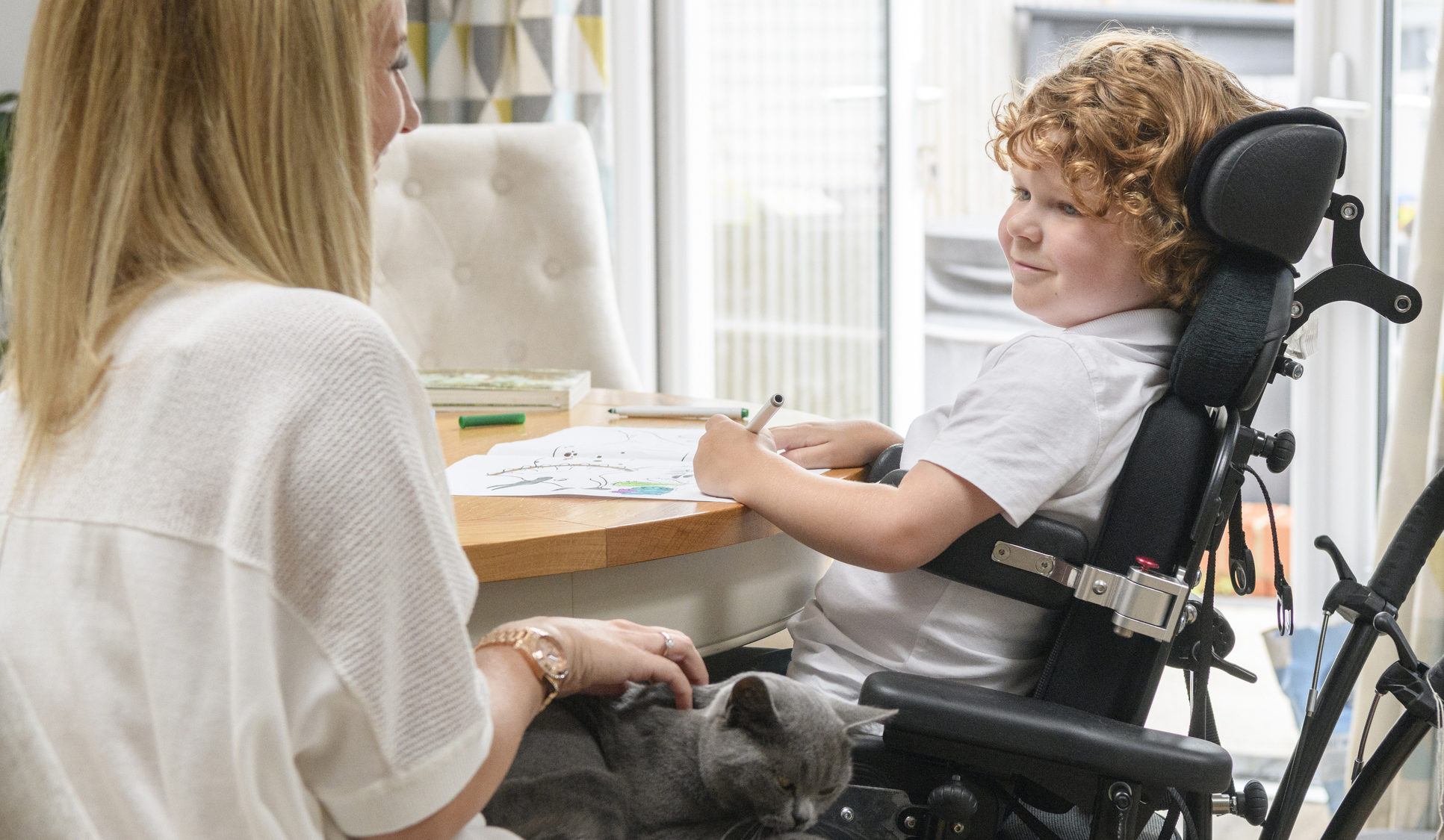
Myositis
What is myositis?
Myositis is a general term for inflammation of the muscles. Diseases that involve chronic, progressive muscle inflammation, also known as inflammatory myopathies, are accompanied by muscle weakness.
There are different types of inflammatory muscle diseases, including:
- Polymyositis affects muscles on both sides of the body, with weakness usually beginning in the muscles closest to the torso (proximal muscles) and sometimes progressing to muscles away from the torso (distal muscles)
- Dermatomyositis is characterized by progressive muscle weakness that is preceded or accompanied by a patchy skin rash, usually appearing on the face, eyelids, knuckles, elbows, knees, chest, and back
- Inclusion body myositis is characterized by progressive muscle weakness and wasting (atrophy)
- Autoimmune necrotizing myopathy is characterized by progressive weakness that may be severe and not associated with inflammation on biopsy. Frequently associated with the use of statin medications.

Symptoms of Myositis
General symptoms of myositis include:
- Progressive muscle weakness, starting in the proximal muscles
- Difficulty swallowing
- Difficulty breathing
- Fatigue after walking or standing
- Tripping or falling
- Difficulty lifting arms
- Difficulty climbing stairs or rising from seated position
- Muscle pain and soreness
- Pain or weakness in joints
A patchy skin rash that accompanies muscle weakness is a symptom of dermatomyositis. People with dermatomyositis may also develop calcium deposits, which appear as hard bumps under the skin.
Symptoms of myositis are shared with other medical conditions. Contact a medical professional if you are having symptoms.
Treatments for Myositis
To treat symptoms of muscle weakness, your doctor may prescribe medications that suppress your immune system, such as corticosteroids. People with inclusion body myositis generally do not respond as well to corticosteroids as people with other types of myositis, but physical therapy may help improve and maintain muscle strength.
You may be given an ointment, such as a topical corticosteroid, if you have a skin rash.
If you have a toxic myopathy, your doctor may recommend you stop taking a certain medication.
Additional Information
How common is myositis?
Myositis is rare, affecting about 50,000 Americans.
Who gets myositis?
Myositis can affect adults and children, both male and female. Dermatomyositis is more common in children than adults. Both polymyositis and dermatomyositis are more common in women than in men, but inclusion body myositis occurs more frequently in men.
How is myositis diagnosed?
In addition to reviewing your medical history and conducting a physical examination, your doctor may do the following tests to diagnose myositis:
- Blood tests
- Imaging tests, such as an MRI scan
- Electromyography (EMG)
- Nerve conduction studies
- Muscle biopsy



